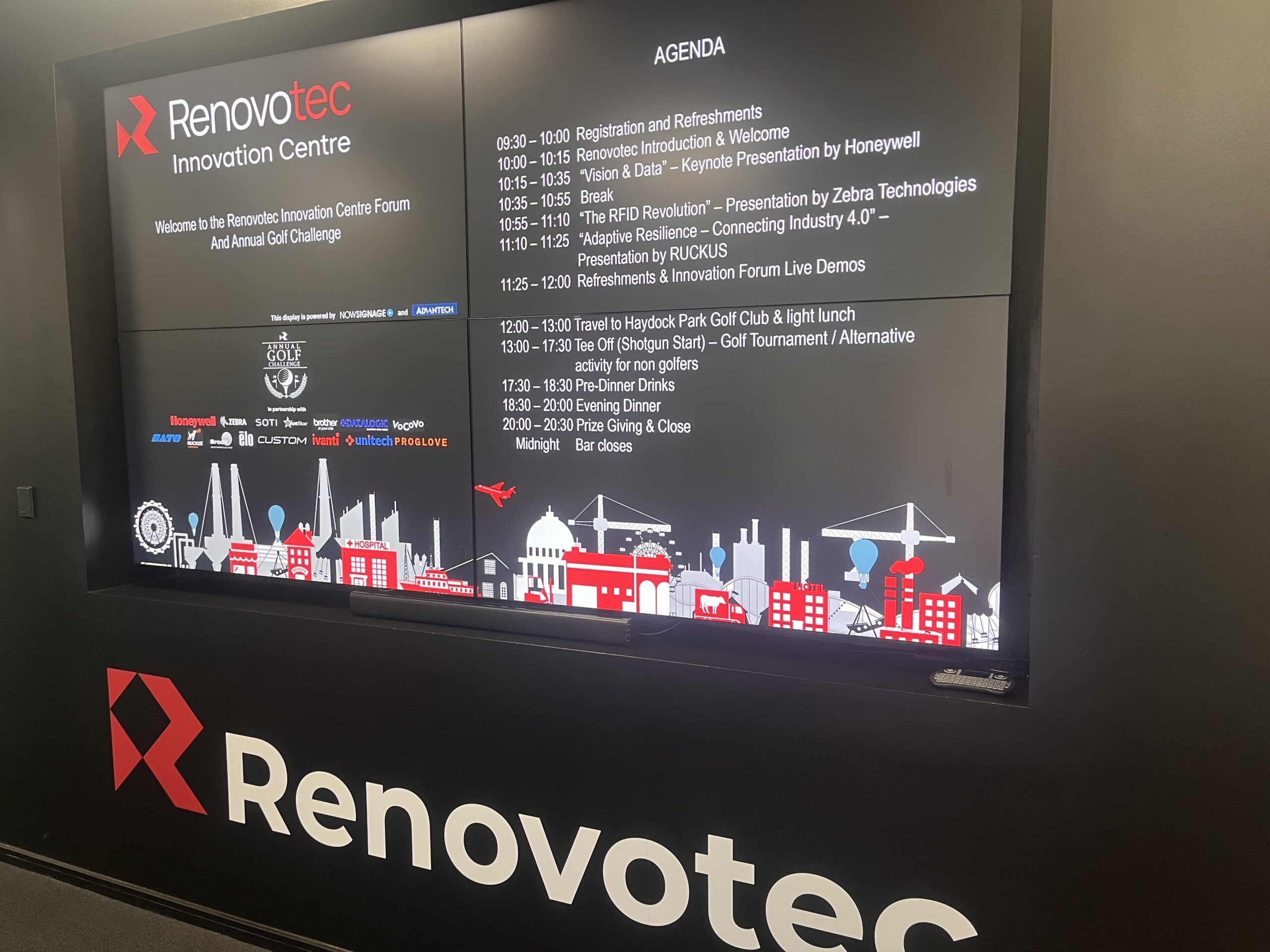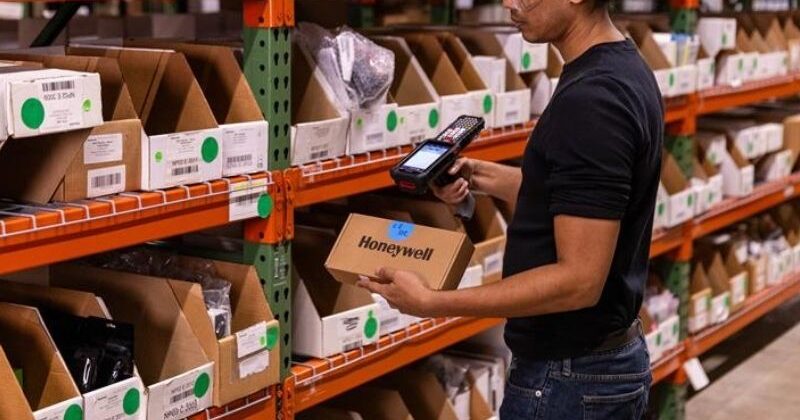

Android Enterprise is Helping Modernise the Warehouse with Flexibility and Security
Rugged mobility remains a cornerstone of the industry, offering warehouse operators the ability to enhance every process and procedure in the fulfilment space.
However, without a reliable operating system such as Android in place, even the best mobile computers, wearables and management workflows are going to struggle to remain relevant in a highly competitive space.
In this blog post, we’ll discuss some of the advantages you can expect from utilising Android in the enterprise space. As well as why it gives warehouses and distribution centres (DCs) the opportunity to embrace the seamless adoption of new and bleeding edge technologies.
An open ecosystem with regular updates
While Android and iOS continue to tussle for dominance in the world of consumer devices, the Google-developed platform still holds the overall advance with a 71.43% market share from Feb 2023 to Feb 2024. While iOS is an ideal fit for businesses that are already utilising Apple products in day-to-day operations, Android continues to gain traction for commercial use.
A significant part of that popularity comes from the fact Android is an open development platform. This makes it highly customisable and ideal for integration with bespoke warehouse systems or applications. It’s also supported by regular updates in the enterprise. So that organisations are constantly benefitting from improvements to security, performance, functionality, user experience and more.
A highly secure platform for the warehouse
Security is another key factor for warehouse operators when choosing a new operating system. With so much sensitive customer and business information flowing between systems and devices, there’s always the danger of potential breaches or digital attacks. Google has bolstered its approach to security in recent years. Now, rolling out regular security patches such as enterprise-grade encryption and two-factor authentication.
Data security is a cornerstone of Android Enterprise, with multiple layers of defence designed to prevent leaks and potential hacks. Google has rolled out features such as a trusted execution environment (TEE) for running critical security protocols in a protected area separate from the main OS. All Android Enterprise security patches are also ISO 27001 certified. Thus, ensuring they meet the International Organization for Standardization’s (ISO) rigorous standards.
Having the confidence that data is flowing securely across a warehouse wireless network/WLAN is of paramount importance to any warehouse operator. Even when you’re working during peak periods of business or transitioning to a larger scaled operation, Android Enterprise can scale its security measures to cover a much larger digital footprint.
A modernised approach to UI AND UX
A huge selling point for Android is the familiarity of its user interface (UI) and the user experience (UX). With such a large install base as a consumer platform and its growing popularity as an enterprise tool, Android offers warehouse workers an easy-to-use UX. Regardless of whether it’s used with a rugged tablet, a mobile computer, a wearable or the countless other rugged devices deployed across the fulfilment sector.
For warehouse organisations that use bespoke software applications, Android Enterprise offers the building blocks to create effective and efficient software that can be seamlessly deployed across mobile computers, tablets, wearable smart devices and more. Enhanced interfaces are vital in fostering better productivity across a variety of processes including picking, inventory management, receiving and more.
Seamlessly migrate from Windows to Android
For years, Windows operating systems (OS) have been the go-to-choice for the warehousing sector. But with OS such as Windows CE, Windows Mobile and Windows Embedded no longer supported by Microsoft, more and more warehouse operators are beginning to see the many benefits of introducing Android Enterprise into their corner of the supply chain.
That lack of support means no security patches, so devices running these systems are particularly vulnerable to cyber-attacks. And without any rolling software updates, even carefully managed Windows-based devices will begin to run slower and experience potentially catastrophic issues.
With the support of a technology solutions partner, you can select a new roster of Android-based handhelds. Then migrate your entire suite of apps over to a far more fast, reliable and secure operating system. The move to Android can even help you modernise some of your traditional ‘green screen’ apps. Since it can retain the same information and integration, but embrace a better interface and user experience.
Want to learn more about the benefits of utilising Android in your warehouse space? Thinking of migrating your Windows handheld to a more secure OS? Contact our team today and let’s discuss your unique rugged mobility requirements.
Related Blog Posts

3rd Annual Innovation Forum and Golf Day
Last week saw the highlight of the Renovotec calendar; our 3rd Annual Innovation Forum and Golf Day.
Hosted at Renovotec’s first of its kind Innovation Centre in Newton-Le-Willows, the morning event brought together the Renovotec team, partners and clients to showcase the latest RFID and logistics tech, hear about the latest trends from Industry experts and experience […]
Retail Experts Share Top E-Commerce and Logistics Trends for 2025
Faki Saadi, Director of Sales UKI at SOTI and Richard Gilliard, Managing Director at Renovotec, explore the key trends shaping the future of the retail supply chain From Asda rolling out electronic shelf labels to Amazon launching ‘Prime Air’ a delivery drone service, retail brands are evolving and looking to the latest technologies to keep […]

Upgrading the supply chain with Honeywell voice and mobility solutions
How can you transform your supply chain operations and ensure competitiveness in the market with voice and mobility solutions from Renovotec and Honeywell?
Improving productivity and efficiency gains are vital for the profitability of businesses in the supply chain.
